- europages
- >
- COMPANIES - SUPPLIERS - SERVICE PROVIDERS
- >
- vine plants
Results for
Vine plants - Import export
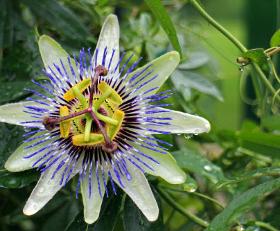
VILMARK GIDA ITH. IHR. INS. TIC. LTD. STI.
Turkey
Another name for passiflora, a vine plant species native to Central and South America, is "passion fruit". Passiflora with bright and large flowers can grow 3 to 9 m high. This plant, whose fruits are also eaten, has flowers in blue, white, yellow and pink colors. Passiflora fruit is rich in Vitamin C, Vitamin B1, Vitamin B2, Vitamin B5, Calcium, Phosphorus and Protein. Alkaloids called harmine, harmol, blend and passiflora; It contains substances called flavones, glycosides and sterols. Passiflora fruit is used in all countries of the world against stress and insomnia syndromes. It fights against urinary tract diseases. It has pain relieving properties. It is also good for spasms and cramps.
Request for a quote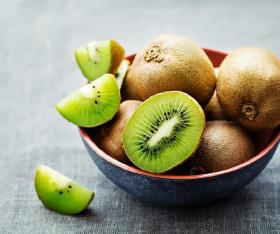
VILMARK GIDA ITH. IHR. INS. TIC. LTD. STI.
Turkey
Kiwi is a vine that has a large and woody stem like a grape and sheds its leaves every year. Kiwi vines are planted 4-5 m apart. It is supported by strong poles 1.8–2 m high. Strong vines; It needs plowed soil, frequent watering and protection from the wind. Although the plant needs a temperate climate to grow healthily, the sprouts need winter cold to grow. The plant begins to bloom in May and the crop is harvested in mid-October to November. In the Black Sea region, the temperature is low due to the excess precipitation. Therefore, maturation also extends to December. The fruit is fleshy, green in color and multi-seeded, it is preferred because it contains vitamins A, E, K and calcium, zinc, magnesium minerals, as well as high fiber. It supports the digestive system, is good for heart health and provides protection against eye diseases. Daily vitamin C need can be met with 1-2 kiwis.
Request for a quote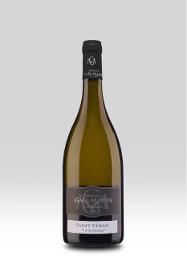
DOMAINE GAEL MARTIN
France
Vineyard: Located in the very south of Burgundy, on the border with the Beaujolais region, the appellation's area extends beyond that of the village. The village of Saint-Vérand bears a "d", but the appellation does not because it is harvested in six villages. It dates back to 1971, and is the second last appellation to be granted in the Mâconnais region. Viticulture : Soil: Jurassic limestone that extends the limestone layers of the Côte d'Or, ideal for Chardonnay. Planting density: 8,500 vines/hectare. Pruning: Guyot. Age: 70 to 80 years Harvest: By hand Yields: deliberately low, between 35 and 40 hectolitres per hectare depending on the year. Small grapes with a high concentration of sugar. Vinification: Very long, cold vinification (between 15°C and 20°C). Ageing: 20% aged in oak barrels for 3 to 5 wines. The rest is matured in vats for 6 to 8 months on fine lees.
Request for a quote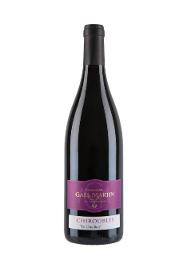
DOMAINE GAEL MARTIN
France
To the north of the appellation's terroir, in the "middle mountains". This is the highest cru in the Beaujolais. Chiroubles has long been a stopping-off point for walkers stop to admire the magnificent views over the Beaujolais hills of the Beaujolais and the Saône valley. Soil: fairly coarse granite and porphyry. Viticulture: Planting density: 9,000 vines/ha to control the vigour of the grape variety. the vigour of the grape variety. Pruning: very short goblet pruning to control yields. Harvesting: by hand. Vinification: Traditional Beaujolais method, semi-carbonic, in whole bunches. Maceration for an average of 8 days. Aged in vats for 6 to 8 months. Tasting notes : A wine with no fuss! The nose is marked by characteristic aromas of peony and cherry. Solid and fleshy on the palate. The tannins are present without being harsh. The roundness of the grape variety comes through here with great depth.
Request for a quote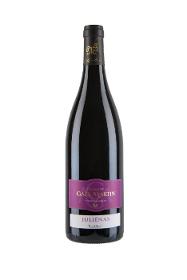
DOMAINE GAEL MARTIN
France
Site: in the very north of the Beaujolais region, one of the ten crus of the appellation. The vineyards are steeply sloping. History & tradition: The first climate in the region to have been exploited in ancient times, while the others remained covered with chestnut trees. It is said to have taken its name from Julius Caesar himself. Soil: A mixture of granite and manganese. Viticulture: Planting density: 9,000 vines/ha to control the vigour of the grape variety. the vigour of the grape variety. Pruning: very short goblet pruning to control yields. Vinification : Harvest: by hand. Method: Traditional Beaujolais, semi-carbonic, whole bunches. Maceration: 6 to 10 days. Ageing: in vats. Tasting notes: Finesse and depth. A beautiful colour with raspberry a surprisingly elegant bouquet, with notes of wild of wild fruit. On the palate, the wine is fleshy and well beautiful construction. The finish is long and fragrant".
Request for a quote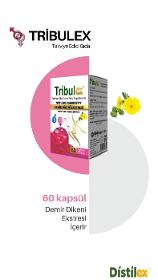
DISTILEX
Turkey
Puncture Vine is an annual plant belonging to the Zygophyllaceae family. It has traditionally been widly used in China and India for many years. Puncture Vine extract is rich in steroidal saponins and flavonoids. The extracts and components in the capsule Puncture Vine extract; Contains steroidal saponins and flavonoids. TRIBULEX 750 mg is available in capsules containing Puncture Vine Usage For adults, it is recommended to take 2 capsules of 750 mg per day. Packaging It is offered for sale in a cardboard box. It is in a glass bottle containing 60 capsules. Shelf life: 36 months from the manufacturing date
Request for a quoteDo you sell or make similar products?
Sign up to europages and have your products listed
Results for
Vine plants - Import exportNumber of results
6 ProductsCountries
Company type